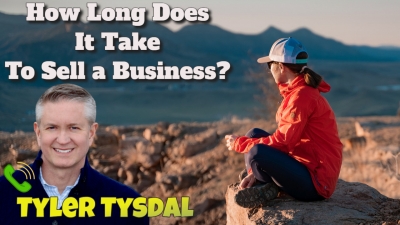To keep learning and advancing your career, the following resources will be useful:.
Growth equity is often described as the personal financial investment method inhabiting the middle ground between equity capital and traditional leveraged buyout strategies. While this might hold true, the method has actually developed into more than just an intermediate private investing approach. Development equity is typically explained as the private financial investment method occupying the happy medium between endeavor capital and traditional leveraged buyout strategies.
Yes, No, END NOTES (1) Source: National Center for the Middle Market. (2) Source: Credit Suisse, "The Incredible Diminishing Universe of Stocks: The Causes and Repercussions of Fewer U.S.
Alternative investments are financial investments, complicated investment vehicles and lorries not suitable for all investors - . A financial investment in an alternative investment involves a high degree of threat and no http://erickcamb133.tearosediner.net/private-equity-buyout-strategies-lessons-in-pe-tysdal assurance can be provided that any alternative investment fund's financial investment objectives will be attained or that financiers will receive a return of their capital.
This industry details and its significance is a viewpoint only and needs to not be relied upon as the just crucial info available. Information included herein has been acquired from sources thought to be trustworthy, but not ensured, and i, Capital Network presumes no liability for the information offered. This info is the residential or commercial property of i, Capital Network.
This financial investment method has assisted coin the term "Leveraged Buyout" (LBO). LBOs are the primary financial investment technique type of many Private Equity companies.
As discussed previously, the most notorious of these offers was KKR's $31. 1 billion RJR Nabisco buyout. This was the largest leveraged buyout ever at the time, lots of people thought at the time that the RJR Nabisco offer represented the end of the private Tyler T. Tysdal equity boom of the 1980s, because KKR's investment, however famous, was ultimately a significant failure for the KKR investors who bought the business.
In addition, a great deal of the cash that was raised in the boom years (2005-2007) still has yet to be used for buyouts. This overhang of dedicated capital prevents many investors from dedicating to purchase brand-new PE funds. Overall, it is approximated that PE companies manage over $2 trillion in assets around the world today, with near $1 trillion in dedicated capital offered to make brand-new PE financial investments (this capital is in some cases called "dry powder" in the industry). .
For instance, an initial financial investment could be seed financing for the company to start developing its operations. In the future, if the company shows that it has a viable item, it can obtain Series A funding for further growth. A start-up business can complete several rounds of series financing prior to going public or being gotten by a monetary sponsor or tactical purchaser.
Top LBO PE companies are characterized by their big fund size; they are able to make the biggest buyouts and handle the most financial obligation. LBO transactions come in all shapes and sizes. Total transaction sizes can range from tens of millions to tens of billions of dollars, and can occur on target business in a wide array of industries and sectors.
Prior to performing a distressed buyout chance, a distressed buyout company needs to make judgments about the target business's worth, the survivability, the legal and reorganizing concerns that may arise (ought to the business's distressed possessions need to be restructured), and whether or not the financial institutions of the target company will become equity holders.

The PE company is needed to invest each respective fund's capital within a duration of about 5-7 years and then normally has another 5-7 years to sell (exit) the investments. PE companies usually utilize about 90% of the balance of their funds for brand-new financial investments, and reserve about 10% for capital to be utilized by their portfolio business (bolt-on acquisitions, additional readily available capital, and so on).
Fund 1's committed capital is being invested over time, and being gone back to the minimal partners as the portfolio business in that fund are being exited/sold. Therefore, as a PE company nears completion of Fund 1, it will need to raise a brand-new fund from brand-new and existing limited partners to sustain its operations.
